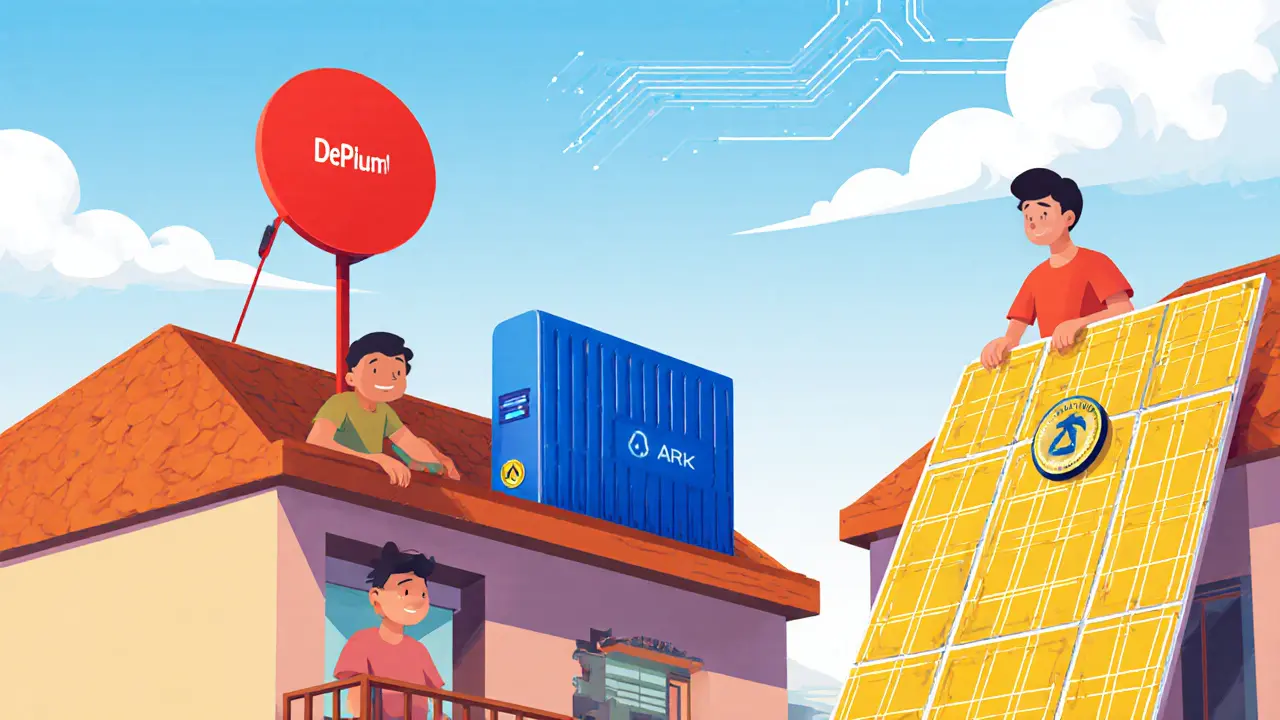When working with Blockchain Infrastructure, the underlying hardware, software, and protocols that keep a distributed ledger running smoothly. Also known as crypto infrastructure, it connects nodes, validates transactions, and ensures data integrity across the network. Blockchain infrastructure isn’t just servers and code; it’s a full stack that includes validator networks, groups of participants who stake tokens and propose new blocks to secure the chain. These networks form the backbone of consensus, and without them the ledger would lose its trustless nature.
One of the most visible pieces of the puzzle is block time, the interval between successive blocks that determines how fast transactions are confirmed. Short block times enable rapid payments, while longer intervals can improve security for high‑value transfers. The right block time balances speed and safety, and many modern chains tweak it with layer‑2 solutions for instant settlement. Another critical factor is cross-chain integration, technology that lets different blockchains talk to each other, moving assets and data across isolated ecosystems. Cross‑chain bridges, IBC, and protocols like LayerZero turn a single chain into part of a larger network, expanding the reach of any application built on top. Finally, smart contracts, self‑executing code that enforces agreements without intermediaries sit at the heart of decentralized services, from DeFi to tokenized real estate. Together, block time, cross‑chain integration, and smart contracts create a flexible, scalable foundation that supports everything from simple token swaps to complex multi‑chain finance.
Understanding these building blocks helps you see why the articles below matter. You’ll find deep dives into DEX performance on Polygon, reviews of validator‑centric projects, and practical guides on estimating transaction fees. Whether you’re hunting for a new yield‑farm, comparing exchange fee structures, or learning how smart contracts power real‑world asset tokenization, this collection gives you the context you need to make smarter moves in the crypto space. Ready to explore the details? Scroll down to discover actionable insights, real‑world examples, and the latest trends shaping blockchain infrastructure today.

Explore how decentralized physical infrastructure (DePIN) works, its leading projects, benefits, challenges, and future outlook for participants and regulators.